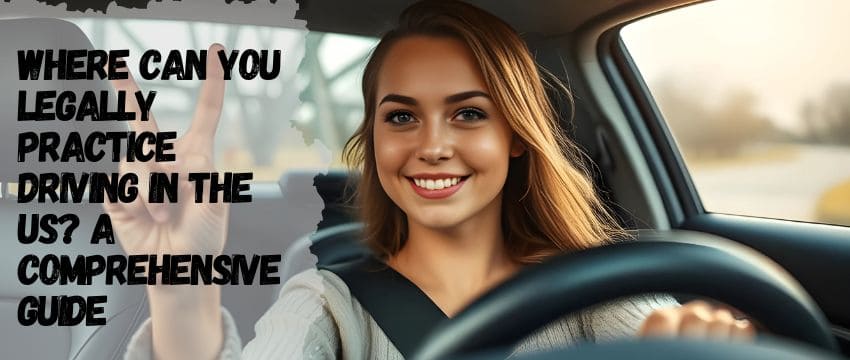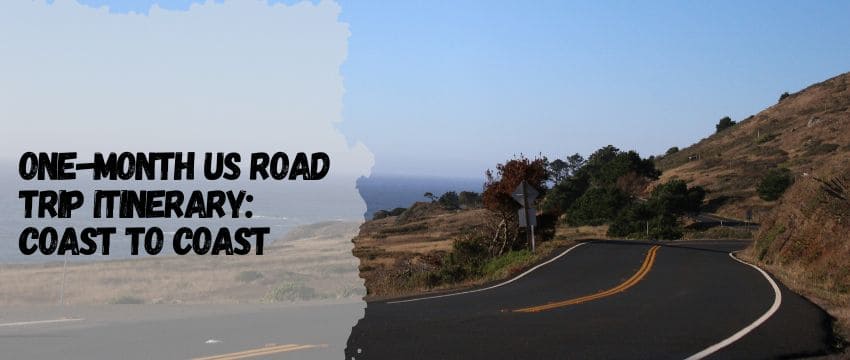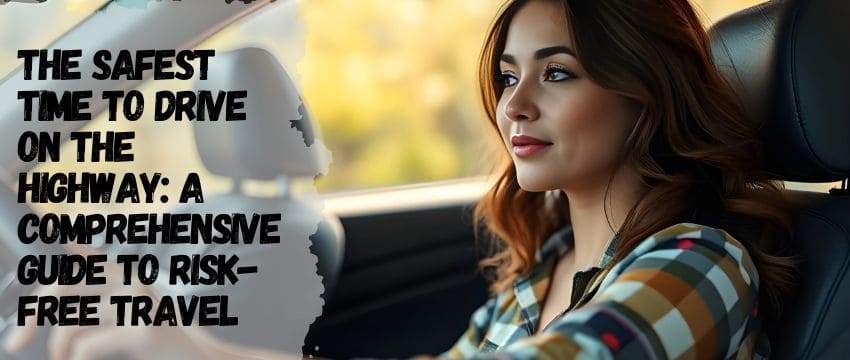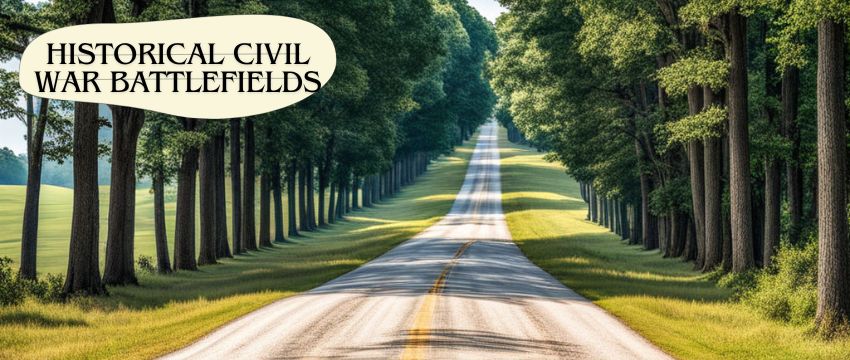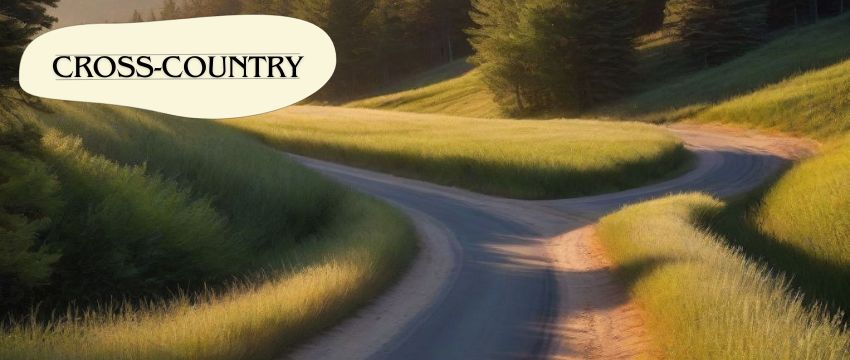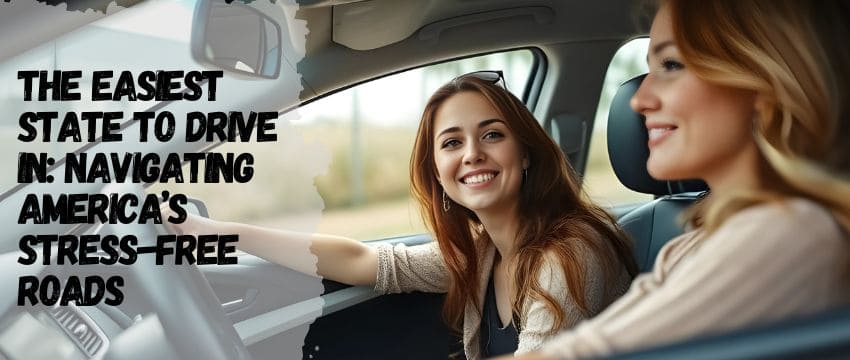Introduction: The Importance of Safe and Legal Driving Practice
Learning to drive is a rite of passage, but finding the right place to practice can be daunting. The United States offers a patchwork of laws and environments where new drivers can hone their skills legally and safely. From empty parking lots to DMV-approved routes, this guide explores the best—and most lawful—places to practice driving. Whether you’re a teenager earning a learner’s permit or an adult mastering the wheel, understanding where to practice ensures compliance with local laws and builds confidence behind the wheel.
1. Empty Parking Lots: The Beginner’s Sanctuary
Empty parking lots are ideal for mastering basics like steering, braking, and parking. Large retail store lots after hours (e.g., closed malls or school parking lots on weekends) provide ample space without traffic. Always verify local regulations, as some private properties prohibit unauthorized driving. For example, Walmart lots are privately owned, and security may ask you to leave. Public spaces like community college lots or fairgrounds often permit practice during off-peak times. These areas allow learners to practice three-point turns, parallel parking, and emergency stops in a low-pressure environment.

Pro Tip: Visit early mornings or holidays when lots are deserted. Avoid areas with light poles or shopping carts to minimize collision risks.
2. Residential Neighborhoods: Graduating to Real-World Scenarios
Once comfortable in parking lots, residential neighborhoods offer mild traffic and slower speed limits (25–35 mph). These areas introduce learners to stop signs, pedestrian crossings, and curbside parking. Subdivisions with cul-de-sacs and minimal through traffic are perfect for practicing right-of-way rules and lane discipline. Check for “No Through Traffic” signs to avoid busy streets. States like Texas and Florida explicitly permit neighborhood practice for learner’s permit holders, provided a licensed adult is present.
Safety Note: Watch for children, cyclists, and pets, especially in evenings.
3. Driving Schools and Closed Courses: Structured Learning Environments
Many states require behind-the-wheel training at accredited driving schools, which use closed courses to simulate roads. These facilities feature traffic lights, intersections, and obstacle courses designed to teach defensive driving. For example, California’s DMV-approved courses include skid pads for wet-weather practice. Closed courses eliminate external hazards, allowing focused skill development. Fees range from 50–50–150 per session, but scholarships or insurance discounts may offset costs.
Added Benefit: Instructors provide real-time feedback, correcting habits like uneven braking or mirror neglect.
4. Rural Roads: Mastering High-Speed Confidence
Rural roads with minimal traffic (e.g., county highways in Nebraska or Iowa) let learners practice speeds of 45–55 mph. These roads introduce challenges like livestock crossings, gravel shoulders, and unmarked intersections. States like Montana permit learner’s permit holders to drive on rural roads with a licensed supervisor. However, avoid dusk/dawn when wildlife activity peaks. Rural driving builds comfort with longer distances and passing maneuvers.
Caution: Check for seasonal closures due to farming equipment or weather.
5. DMV-Approved Routes: Test-Ready Practice
Many states publish DMV test routes online, allowing learners to familiarize themselves with exact evaluation paths. For instance, New York’s DMV shares routes near testing centers in Buffalo and Albany. Practicing these routes helps learners anticipate tricky spots like unprotected left turns or sudden speed limit changes. Apps like DMV Genie simulate test scenarios, offering voice-guided navigation through common routes.
Strategy: Drive the route at different times to adapt to varying traffic patterns.
Legal Requirements for Practice Driving
Feature | Details |
|---|---|
Supervision | Most states require a licensed adult (21+ or 25+). |
Learner’s Permit | Mandatory for minors; some states issue adult permits. |
Time Restrictions | Some states prohibit night driving (e.g., NJ: 11 PM–5 AM). |
Vehicle Requirements | Valid registration, insurance, and “Student Driver” decals. |
State-Specific Laws | CA: 50 hours of practice; TX: 30 hours. |
Conclusion
Practicing driving legally in the US requires a blend of safe environments and adherence to state laws. From parking lots to DMV routes, each setting builds critical skills while minimizing risks. Prioritize safety, verify local regulations, and gradually progress to complex roads to transform nervous beginners into confident drivers.

FAQs
1. What is the best US state to visit?
California is the best state to visit for its diverse attractions: beaches, national parks, and cities like San Francisco. Iconic routes like Highway 1 offer coastal views, while Yosemite and Death Valley cater to nature lovers. Cultural hubs like LA and San Diego blend entertainment with cuisine. Visit in spring for mild weather and fewer crowds.
2. What is the friendliest state to visit?
Tennessee is renowned for Southern hospitality, with cities like Nashville and Memphis welcoming tourists warmly. Locals often strike up conversations, and live music venues foster a communal vibe. The state’s scenic beauty, from the Smokies to Chattanooga’s trails, adds to its charm.
3. Which state is best to travel to now?
Utah is ideal now for outdoor enthusiasts, with fewer summer crowds and pleasant fall temperatures. National parks like Zion and Bryce Canyon offer stunning hikes, while Moab’s red-rock landscapes are perfect for biking. Fall foliage in the Wasatch Range peaks in October.
4. What is the least visited state for vacation?
North Dakota is the least visited state, offering untouched prairies and historic sites like Theodore Roosevelt National Park. Its low tourist traffic ensures serene experiences, such as exploring the Enchanted Highway’s giant metal sculptures.
5. What is the best time to go on a road trip?
Spring (April–June) and fall (September–October) are ideal for road trips, balancing mild weather and scenic beauty. Avoid summer crowds in parks and winter road closures in mountainous regions.
Equip yourself with knowledge, respect the rules of the road, and happy driving! 🚗✨
Our team is creating outdoor-gear relevant articles with passion. If our articles can help you to find the correct solutions for your questions, we will be happy about that. In the content creation process, we usually collect accurate and useful information online or offline to compile our content in an organized way. Consequently, we can guarantee that you can discover some expected answers to your questions. We appreciate your time on our site.

